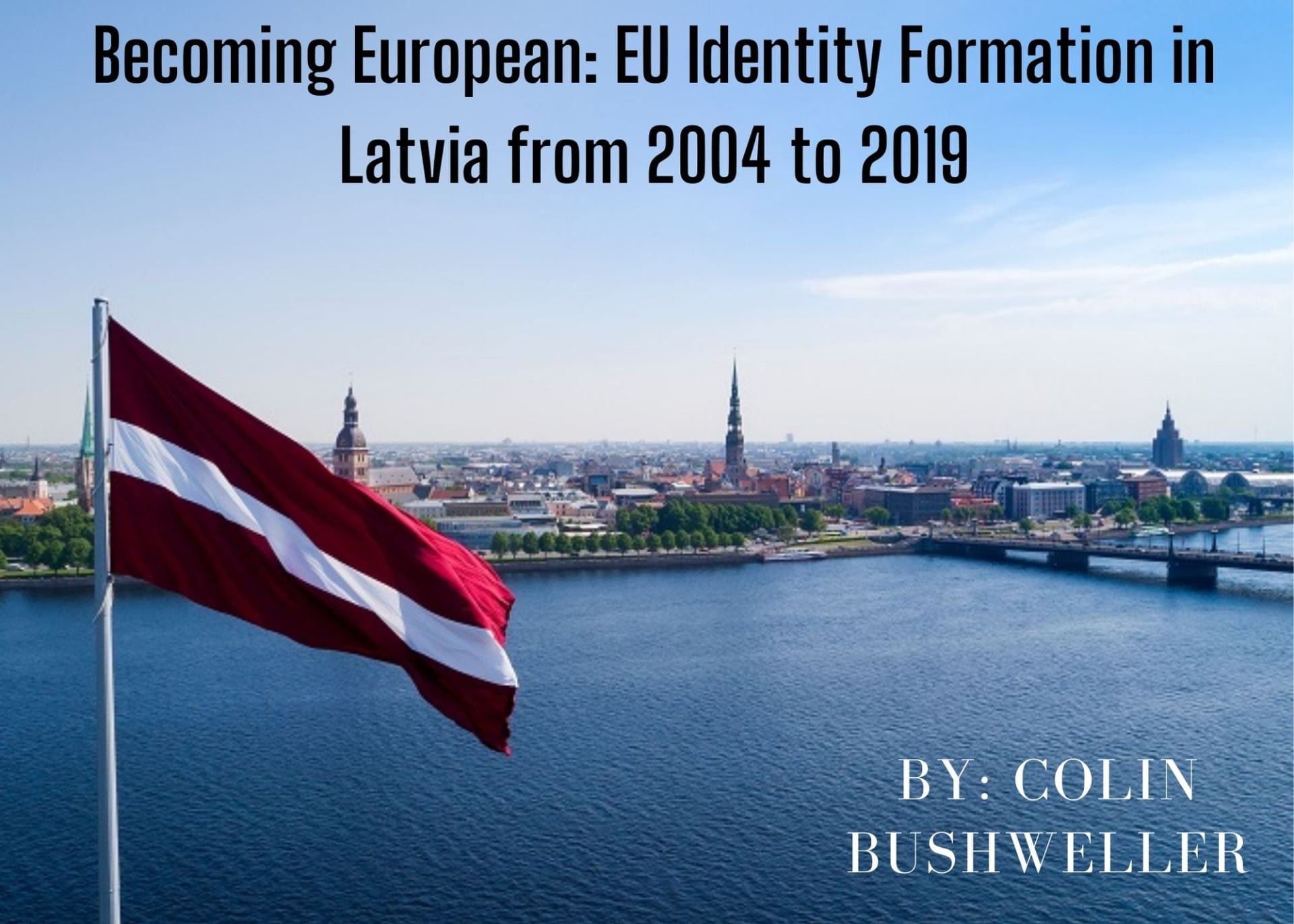VOLUME LV – NUMBER 2
Colin Bushweller
Abstract: This paper provides an analysis of the EU citizen identity in Latvia over a fifteen year timeline from 2004 to 2019, examining the ways in which feelings of “Europeanness” have grown among Latvian citizens since the nation’s initial accession to the EU. This article contains theoretical, historical, and statistical frames for its analysis. Drawing on Eurobarometer reports published between 2005 and 2019, this paper documents the quantitative evolution of EU identity in Latvia and demonstrates that the EU citizen identity in Latvia has grown in recent years, but that, in certain regards, it still lags in comparison to other EU member states. Specifically, this analysis highlights that the social component of EU identity in Latvia—the “actual” self-description that one is culturally European—lags behind the EU average. This article contributes significantly to the existing body of EU scholarship because of its specific focus on Latvian identity development through the lens of Eurobarometer reports, and also because of its selected 15-year timeline, which started with its initial accession to the EU. This article posits that, should the EU identity in Latvia continue to grow and develop in the coming years, then Latvia could—at a time when other nations are suffering from Eurosceptic ideology—elevate the country’s social voice in the EU and position itself as truly European, thereby ending Latvia’s previous connections to Eastern society and solidifying itself as a Western nation.
Keywords: European Union, Latvia, EU Identity, Constructivism, Neo-Functionalism
About the Author: Colin Bushweller is a recent graduate of the University of Vermont, where he
studied Russian, Political Science, and Public Speaking. Bushweller’s area of research examines
Estonia’s and Latvia’s post-Soviet societies, and he is specifically interested in the complications
surrounding language use, citizenship, and social belonging for the two countries’ ethnic Russian
minority communities.
Click here for previous article | Click here for full article | Click here for full Journal Issue | Click here for next article




You must be logged in to post a comment.